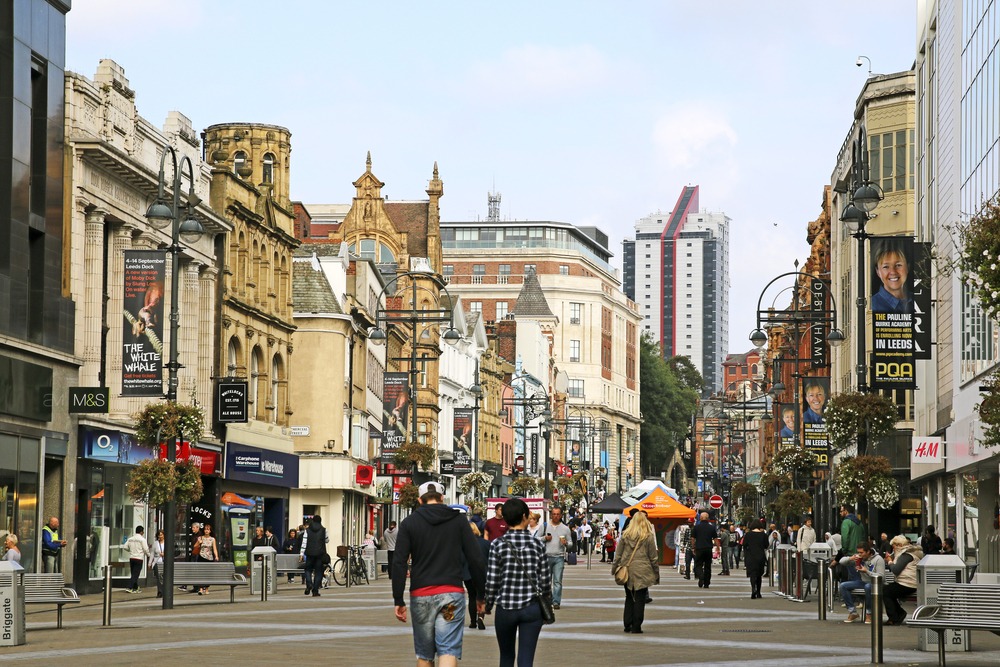The United Kingdom’s unemployment slipped to its lowest since 1974 in the first three months of this year amid the persisting skills shortage.
The jobless rate decelerated to 3.70%, below the average market estimate of 3.80%. Remarkably, the number of people out of work was less than vacancies on offer for the first time on record.
Consequently, claims for UK unemployment benefits fell by 56,900. It surpassed the expected drop of 42,500. This result marks the fifth month in a row that it has fallen by more than 50,000.
However, experts warned that the labor market remains tight with record vacancies and job-to-job moves.
The Bank of England kept an eye on the UK’s unemployment rate as it fears higher-than-normal pay growth.
In March, consumer price inflation came in at 7.00%. Then, economists expected the upcoming official figures to post a record 9.10% in April. The projected surge came after the 54.00% rise in energy tariffs took effect.
Correspondingly, BoE explained that further price increases would push the economy close to the recession by the end of 2022. This contraction would eventually inflate the UK unemployment rate.
UK unemployment eases, but inflation squeezes pay
Despite the declining UK unemployment rate, the total pay jumped to a record 9.90% in March. Subsequently, in the first quarter, the indicator edged up 7.00% from a year earlier. It is well above the analysts’ consensus of a 5.40% rise.
Companies recently resorted to bonuses to attract or retain staff. Nevertheless, wages failed to keep up with the red-hot consumer prices.
The basic pay, adjusted for inflation, was 2.00% lower year-over-year, the biggest fall since the third quarter of 2013.
Moreover, the rewards from a tight labor market are uneven. For instance, bankers and builders received higher rises, while public-sector workers faced the most significant pay squeeze.













